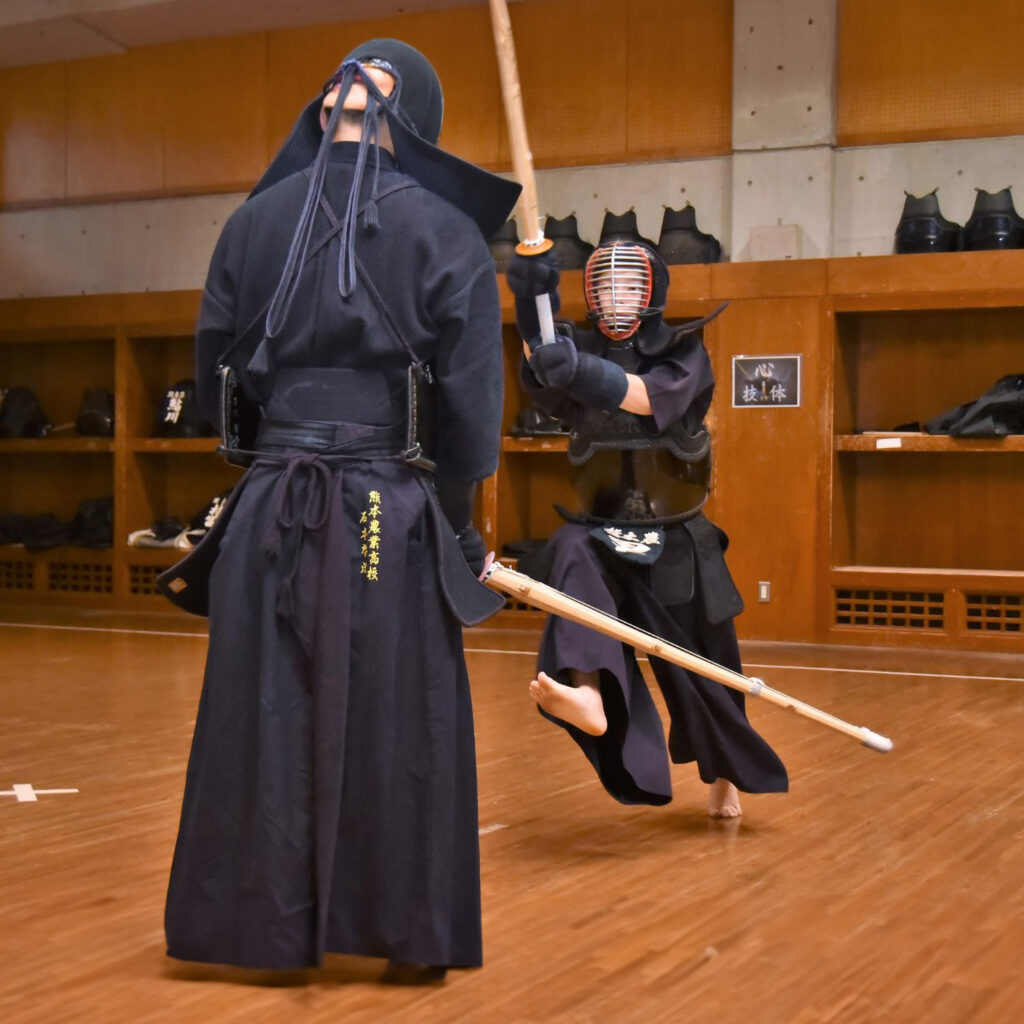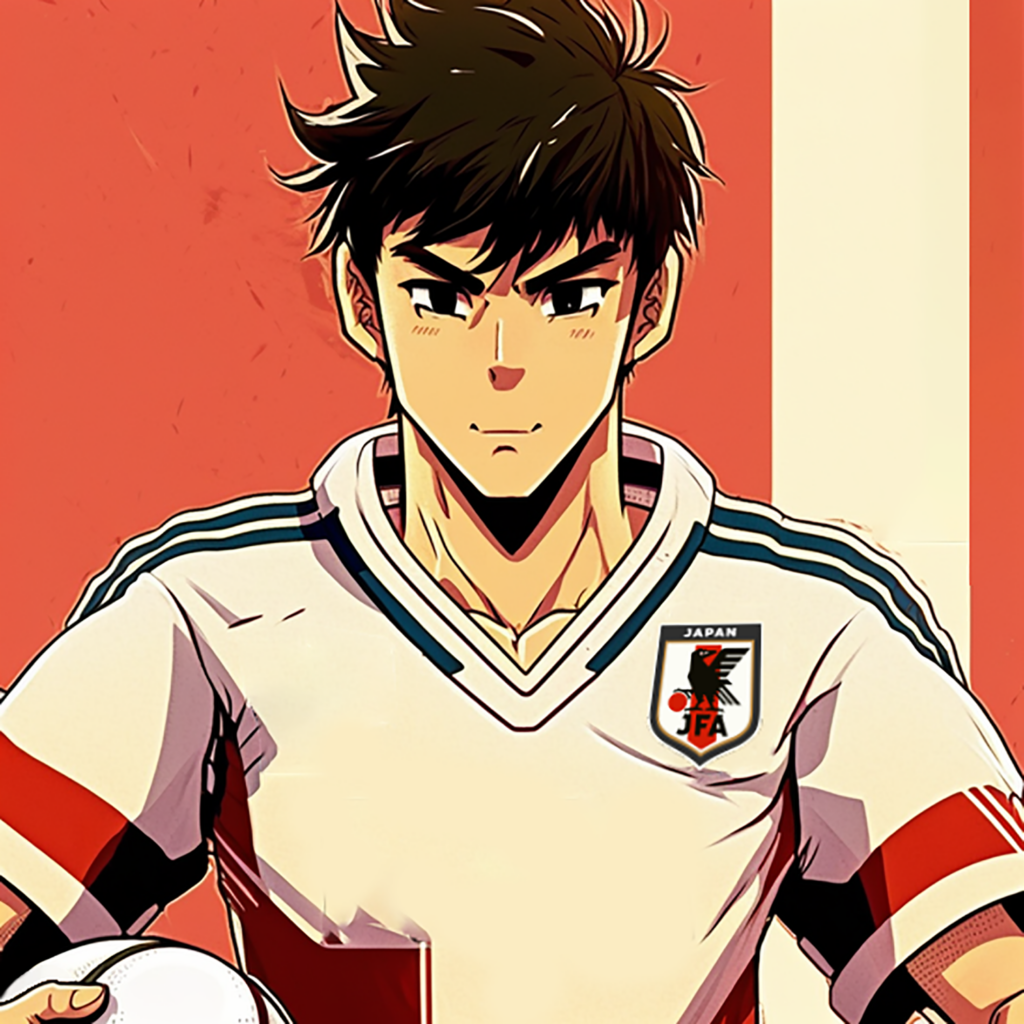Kendo is a traditional Japanese martial art that emphasizes the use of the bamboo sword, called “shinai”. This martial art, which dates back centuries, evolved from the fighting techniques used by the samurai. Today, Kendo is both a competitive sport and a spiritual discipline. In this article, we will explore the historical origins of Kendo, its fundamental principles, its equipment, as well as its role in Japanese culture and society.
Historical Origins of Kendo
Kendo has its roots in sword fighting techniques used by samurai warriors in medieval Japan. Back then, the saber was the weapon of choice for the samurai, and they trained extensively to develop their martial skills. Kendo as practiced today was formalized during the 18th and 19th centuries when samurai began to use bamboo swords in their training to avoid serious injury.
Principles and Philosophy of Kendo
Kendo is based on fundamental principles that go beyond simple sports competition. One of these key principles is “ki-ken-tai-ichi”, which translates to “unity of mind, sword and body”. This means that the whole body must be in harmony when practicing Kendo, with special attention paid to the spirit and intention behind every action.
Another central Kendo philosophy is the concept of “zanshin”, which refers to the state of mind of constant alertness and total presence even after making an attack. The Kendo practitioner must maintain concentration and acute awareness throughout the fight.
Kendo equipment
Kendo equipment is designed to ensure the safety of practitioners during training and competitions. It consists of several essential elements, including:
The “bogu”: This is the protective armor used in Kendo. It includes a helmet (men), protection for the torso (do), protection for arms (kote) and protection for the legs (tare).
The “shinai”: This is the bamboo sword used in Kendo. It consists of four bamboo slats fixed together and covered with a piece of leather.
The “keikogi” and the “hakama”: These are the traditional clothes worn during training and competitions. The keikogi is a thick cotton jacket, while the hakama is a loose trouser skirt.
Kendo in Japanese Culture and Society
Kendo occupies an important place in Japanese culture and society. It is considered one of the most respected and practiced martial arts in Japan. Many Japanese people start practicing Kendo at an early age, making it a popular activity among children and teenagers. Kendo schools, universities and clubs are spread throughout the country, offering practitioners the opportunity to train regularly and compete.
Apart from its popularity as a sport, Kendo is also appreciated for its spiritual dimension. Values such as honor, respect, discipline and determination are closely linked to the practice of Kendo. Practitioners are encouraged to develop their character and mentality through their engagement in this martial art.
Kendo is also present at various cultural events and festivals in Japan. Demonstrations of Kendo are often performed during national celebrations, sports competitions or traditional ceremonies. These performances allow spectators to discover the beauty and grace of Kendo movements, as well as the intensity of the confrontation between practitioners.
Kendo Competitions
Kendo is a competitive sport that offers practitioners the opportunity to test their skills and mastery in official competitions. Kendo competitions are held under strict rules that assess fighters’ technique, precision, posture, fighting spirit and strategy.
Kendo competitions are held at different levels, ranging from local and regional competitions to national and international competitions. Japan’s best Kendo practitioners compete in national tournaments, such as the All Japan Kendo Championship, which is one of the most prestigious competitions in Kendo.
The benefits of Kendo
Regular practice of Kendo offers numerous physical and mental benefits. Physically, Kendo develops strength, flexibility, endurance and coordination. Fast, precise movements engage the muscles of the entire body, improving overall fitness.
Mentally, Kendo promotes concentration, discipline, self-confidence and stress management. Practitioners learn to control their emotions and remain calm in intense combat situations. Kendo is also a means of cultivating self-control and developing a spirit of fair play and respect for others.
Kendo is much more than just a combat sport; it’s a martial art that combines technique, discipline and philosophy. Its historical heritage, spiritual dimension and role in Japanese society make it a pillar of Japanese culture. Whether you’re a martial arts enthusiast or just interested.



